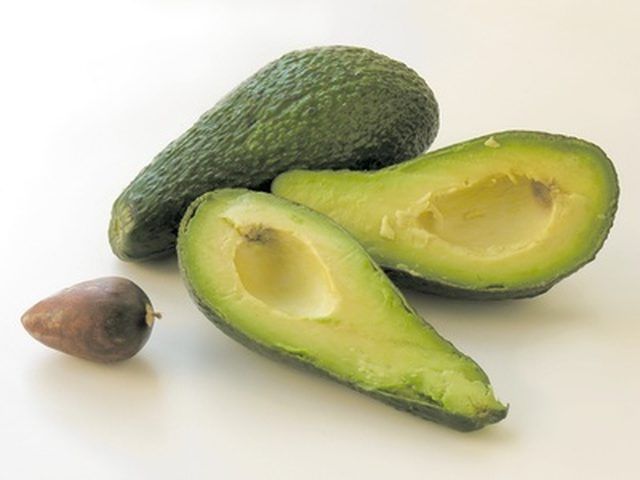Bulbs
Flower Basics
Flower Beds & Specialty Gardens
Flower Garden
Garden Furniture
Garden Gnomes
Garden Seeds
Garden Sheds
Garden Statues
Garden Tools & Supplies
Gardening Basics
Green & Organic
Groundcovers & Vines
Growing Annuals
Growing Basil
Growing Beans
Growing Berries
Growing Blueberries
Growing Cactus
Growing Corn
Growing Cotton
Growing Edibles
Growing Flowers
Growing Garlic
Growing Grapes
Growing Grass
Growing Herbs
Growing Jasmine
Growing Mint
Growing Mushrooms
Orchids
Growing Peanuts
Growing Perennials
Growing Plants
Growing Rosemary
Growing Roses
Growing Strawberries
Growing Sunflowers
Growing Thyme
Growing Tomatoes
Growing Tulips
Growing Vegetables
Herb Basics
Herb Garden
Indoor Growing
Landscaping Basics
Landscaping Patios
Landscaping Plants
Landscaping Shrubs
Landscaping Trees
Landscaping Walks & Pathways
Lawn Basics
Lawn Maintenance
Lawn Mowers
Lawn Ornaments
Lawn Planting
Lawn Tools
Outdoor Growing
Overall Landscape Planning
Pests, Weeds & Problems
Plant Basics
Rock Garden
Rose Garden
Shrubs
Soil
Specialty Gardens
Trees
Vegetable Garden
Yard Maintenance
How to Grow Avocados in Missouri
How to Grow Avocados in Missouri. Also known as the alligator pear, the avocado is a Mexican native. Showy white flowers that bloom in January complement the glossy, dark green leaves of the avocado tree. Avocados prefer to grow in well-drained sunny soils with a pH between 6.2 and 6.5. Hardy in USDA planting zones 9 through 11, avocados cannot...

Also known as the alligator pear, the avocado is a Mexican native. Showy white flowers that bloom in January complement the glossy, dark green leaves of the avocado tree. Avocados prefer to grow in well-drained sunny soils with a pH between 6.2 and 6.5. Hardy in USDA planting zones 9 through 11, avocados cannot tolerate temperatures below 25 degrees F. If you live in Missouri, which lies within hardiness zones 4 through 7, your winter temperatures can fall to -25 degrees F. This means that if you want to grow an avocado tree, you will need to do so in a container.
Things You'll Need
Avocado pit
Toothpicks
8-ounce glass
Horticultural charcoal
Water
1-gallon pot
Organic potting soil
Fertilizer
Plant heating pad
Grow lights
Begin growing your Missouri avocado with the pit of an avocado fruit during the fall. This way it will be ready to bring outside to enjoy the warm Missouri sun in late spring. Push two to three toothpicks into the pit.
Layer the bottom of an 8-ounce glass with 1/4 inch of horticultural charcoal and fill the glass with water. Balance the avocado pit on the top of the glass with the toothpicks, resting the bottom of the pit in the water.
Set the glass in a window that receives bright, indirect sunlight. The pit will begin to root within two to three weeks, ready for transplant into a pot when the root reaches 3 inches in length.
Fill a 1-gallon pot with organic potting soil. Do not use soil from your Missouri outdoor garden. Outdoor soil can contain pests or disease that may have a negative effect on the successful growing of your avocados.
Plant the rooted avocado seed in the center of the 1-gallon pot. Deposit the bottom part of the avocado pit in the center of the organic soil with the newly grown stem above the soil line.
Pat the soil around the stem and water the plant. Allow the water to flow through the soil and out the drainage holes in the bottom of the pot. Keep the soil moist, not wet, watering approximately once every six weeks as the plant grows.
Set the pot in a bright, sunny window. In Missouri, set the pot outdoors on your patio or terrace when the weather is favorable. The weather in Missouri usually remains a steady 60 degrees F or warmer after May 20. The temperatures begin to drop below 60 degrees F in the second or third week of September.
Bring the potted avocado tree indoors when it loses all of its leaves in early fall. Once the temperatures begin to drop in the second week in September, the avocado will begin to enter a dormancy period. Relocate the avocado tree to an unheated garage or basement.
Wrap the avocado tree in a piece of burlap, secured with heavy twine to keep it warm. The avocado tree will not require any light during this time, and barely any water. One cup of water per month is usually sufficient. Unwrap the tree and put it back outside after the Missouri spring thaw, usually around mid-May.
Tips & Warnings
A diet of all-purpose fertilizer improves vigor. Apply the fertilizer per label instructions. Keep in mind that the average avocado tree can take up to 20 years to begin fruiting.
If you cannot provide adequate heat, set the avocado pot on a plant heating pad set between 60 and 75 degrees F. A grow light will provide bright light in lieu of sunlight.
Do not overwater the avocado plant. Standing water can cause the roots of the avocado plant to rot. If the soil feels moist, do not add more water.